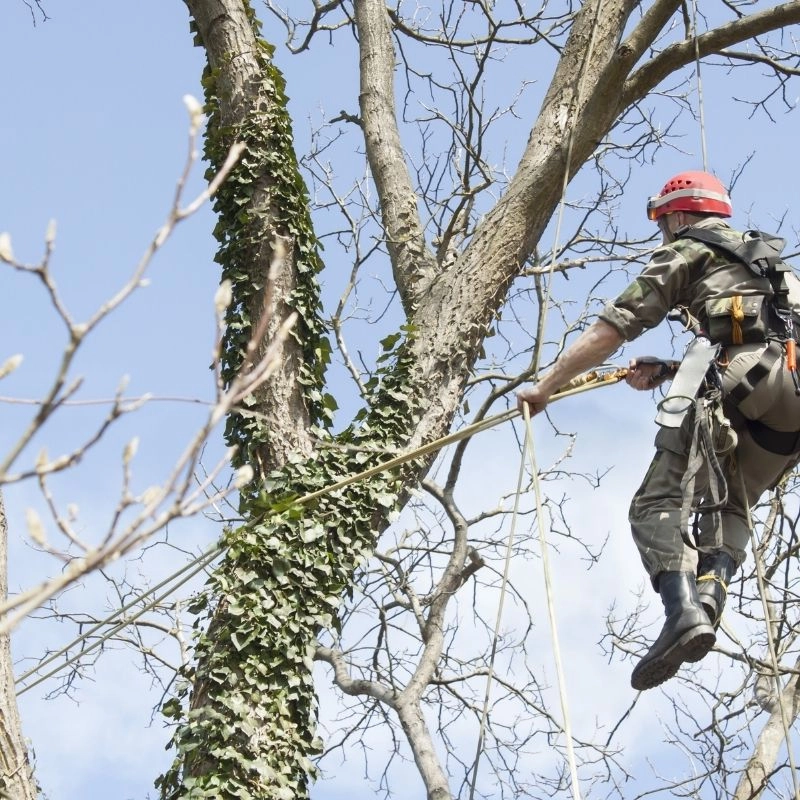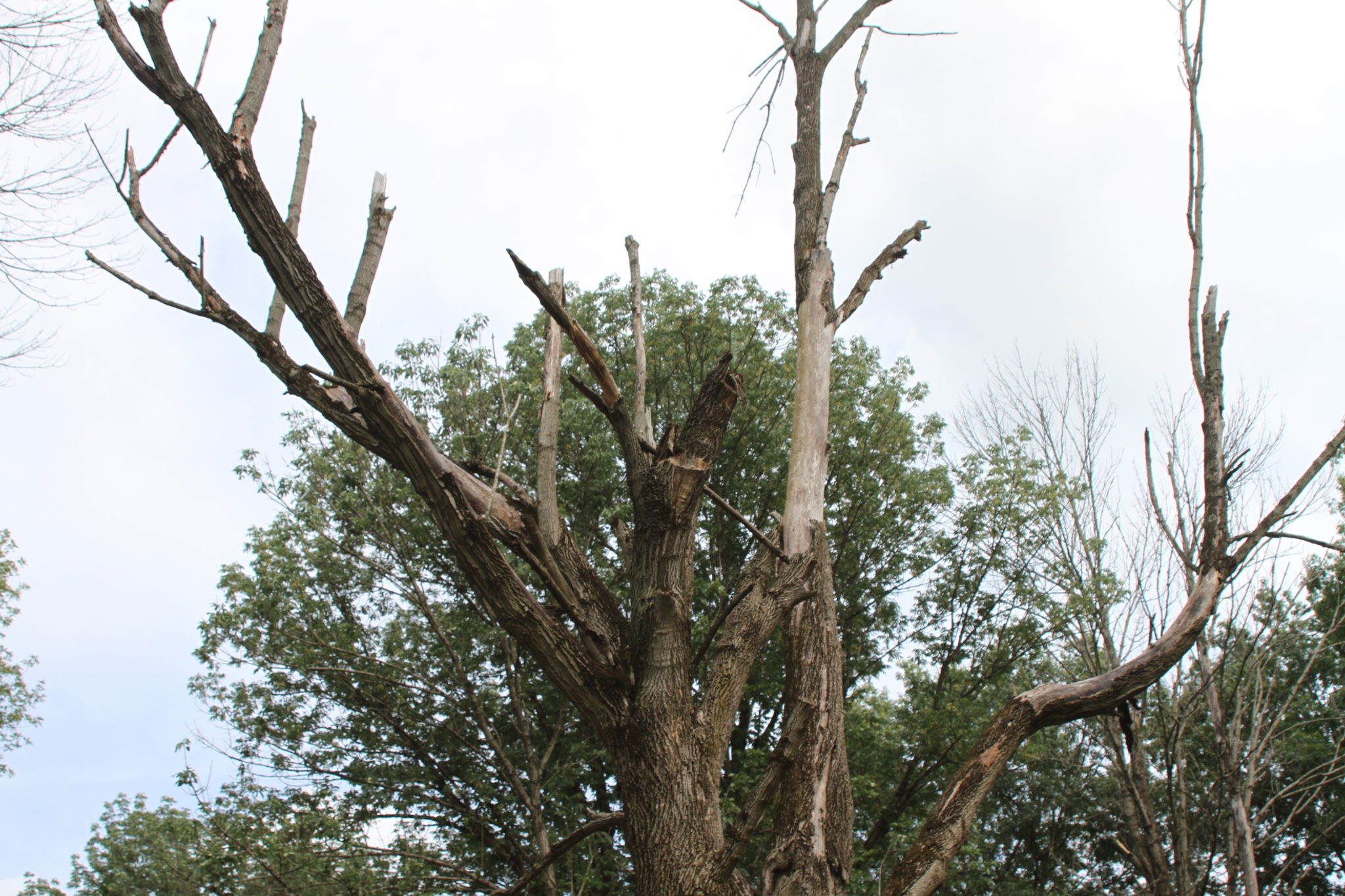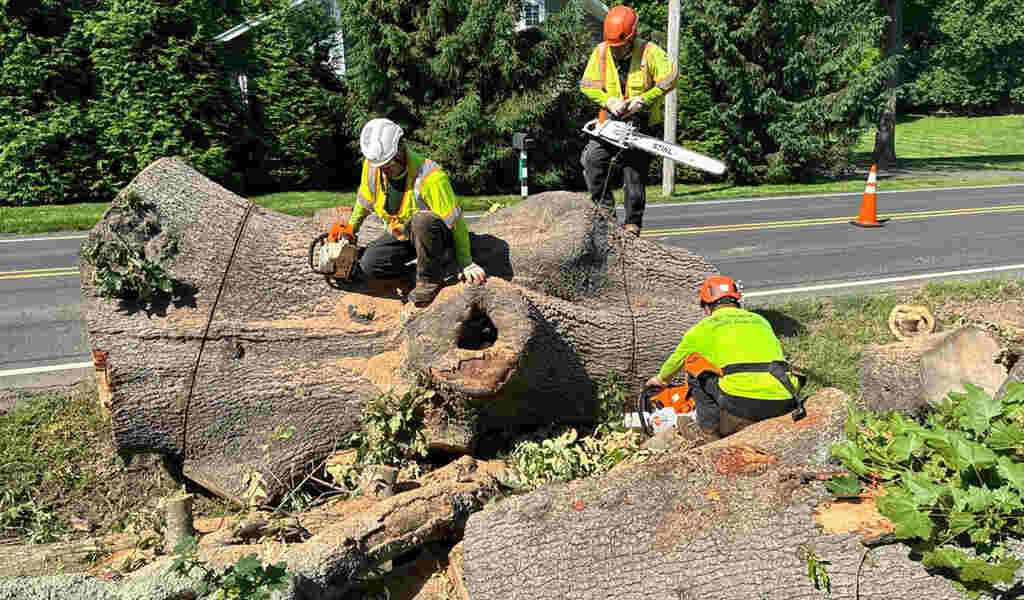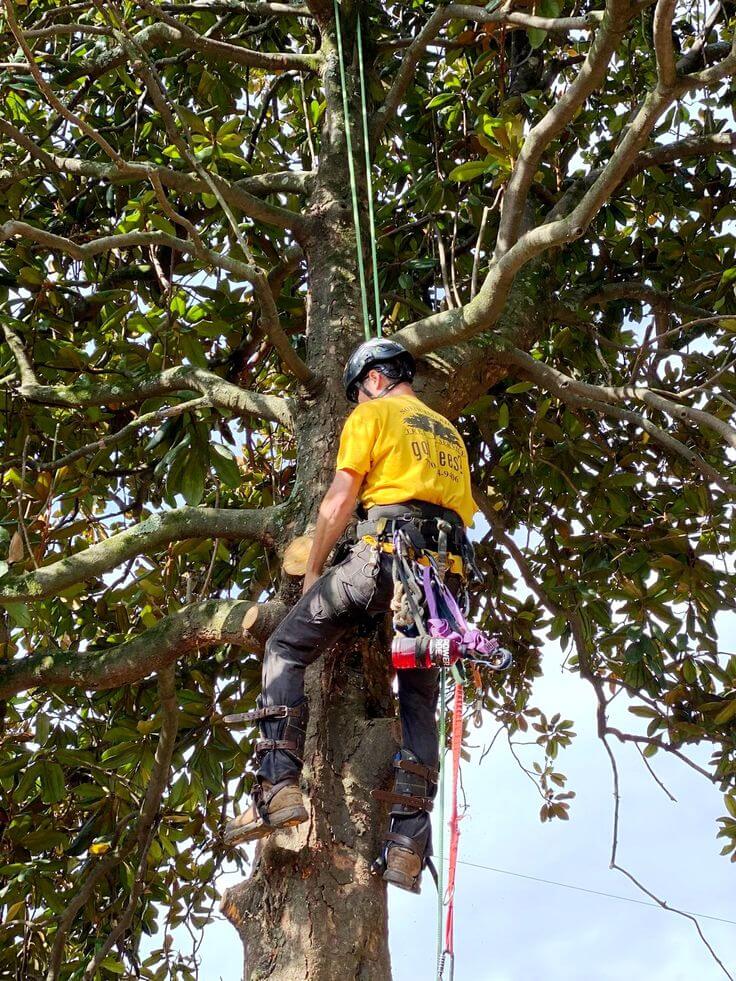Risks of Leaving a Dead Tree
A dead tree might seem like a harmless fixture on your property, but its dangers are far from trivial. From posing immediate safety risks to fostering long-term environmental and financial concerns, leaving a dead tree unattended can lead to severe consequences. Let’s dive into the many reasons why addressing a dead tree promptly is essential.
Understanding Dead Trees
What Is a Dead Tree?
A dead tree no longer supports life, making it a hazard. Common symptoms of a dead tree include:
• Brittle Branches: Snap easily and often fall unpredictably.
• Lack of Leaves: Particularly noticeable during the growing season.
• Decay and Fungi: Presence of mushrooms or other fungi around the base indicates decomposition.
• Cracked Bark: Bark that peels or separates is often a warning sign.
Causes of Tree Death
Trees can succumb to a variety of factors:
• Natural Aging: Just like all living organisms, trees have a lifespan.
• Severe Weather: Storms, lightning strikes, or extreme temperatures can damage trees beyond recovery.
• Pests and Diseases: Insect infestations or fungal infections can kill a tree.
• Human Impact: Improper pruning, construction damage, or pollution can harm trees irreparably.
Immediate Hazards of Dead Trees
Falling Branches
Dead branches lose their structural integrity, often breaking off without warning. This poses risks such as:
Falling branches pose a significant risk of serious injury to both humans and animals.
• Property Damage: Cars, roofs, and other structures are vulnerable to damage from heavy branches.
Entire Tree Collapse
As the roots of a lifeless tree break down, the tree becomes more fragile and unstable. In strong winds or heavy rainfall, the entire tree might topple, causing:
• Life-Threatening Risks: Falling trees are a leading cause of fatalities during storms.
• Widespread Damage: Power lines, fences, and other critical structures are often in harm’s way.
• Long-Term Risks
• Pest Infestation
Decaying wood creates an ideal environment for various pests, such as:
• Termites: These insects can migrate to your home, causing significant structural damage.
• Carpenter Ants: Another wood-destroying pest that can wreak havoc on nearby structures.
• Beetles and Rodents: Dead trees often attract critters that may eventually move into your home.

Spread of Diseases
Diseased trees can infect surrounding healthy plants, leading to a domino effect of vegetation loss. For example:
• Fungal Growth: Spores can spread to nearby trees.
• Insect Vectors: Pests carrying diseases can infest nearby trees or crops.
Environmental and Aesthetic Concerns
Loss of Curb Appeal
A dead tree is an eyesore, negatively affecting:
• Property Value: Homes with dead or decaying trees are less appealing to buyers.
• Neighborhood Aesthetics: Dead trees detract from the visual harmony of a well-kept community.
Environmental Degradation
Dead trees disrupt ecosystems in various ways:
• Loss of Habitat: While some species benefit, others lose critical nesting or food sources.
• Soil Erosion: Without live roots to stabilize soil, erosion becomes a concern.
Legal and Financial Implications
Liability Issues
If a dead tree on your property causes damage or injury, you could be held legally responsible. This includes:
• Personal Injury Claims: Falling branches can injure neighbors, delivery personnel, or passersby.
• Property Damage Claims: Damaged cars, fences, or roofs may lead to lawsuits.
Increased Maintenance Costs
Delaying the removal of a dead tree can make the process:
More Expensive: Advanced decay complicates the removal process.
• Riskier: Trees near power lines or homes require specialized services.
Preventing Risks Associated with Dead Trees
Regular Inspections
Experienced arborists can spot potential concerns early, preventing them from developing into major issues. Schedule routine checks, especially for older trees or after severe weather.

Timely Removal
Removing a dead tree promptly is critical. Safe removal methods include:
• Cutting and Grinding: Professional services use advanced tools to remove dead trees effectively.
• Stump Removal: Ensuring the stump is removed prevents regrowth and pest infestations.
Benefits of Proactive Tree Management
Enhanced Safety
Addressing dead trees ensures your property is free from falling branches or collapsing hazards.
Improved Property Value
Healthy, well-maintained trees add charm and appeal, boosting the overall market value of your property.
Contribution to Environmental Health
Proper care and timely removal support a balanced ecosystem and prevent the spread of pests or diseases.
Conclusion
Dead trees might seem benign, but the risks they pose can’t be ignored. From endangering lives and property to damaging the environment, the dangers are multifaceted. By acting proactively—through regular inspections, timely removal, and proper tree care—you can avoid these risks and maintain a safer, more beautiful property. Don’t wait for a disaster to strike; prioritize your tree’s health today.

